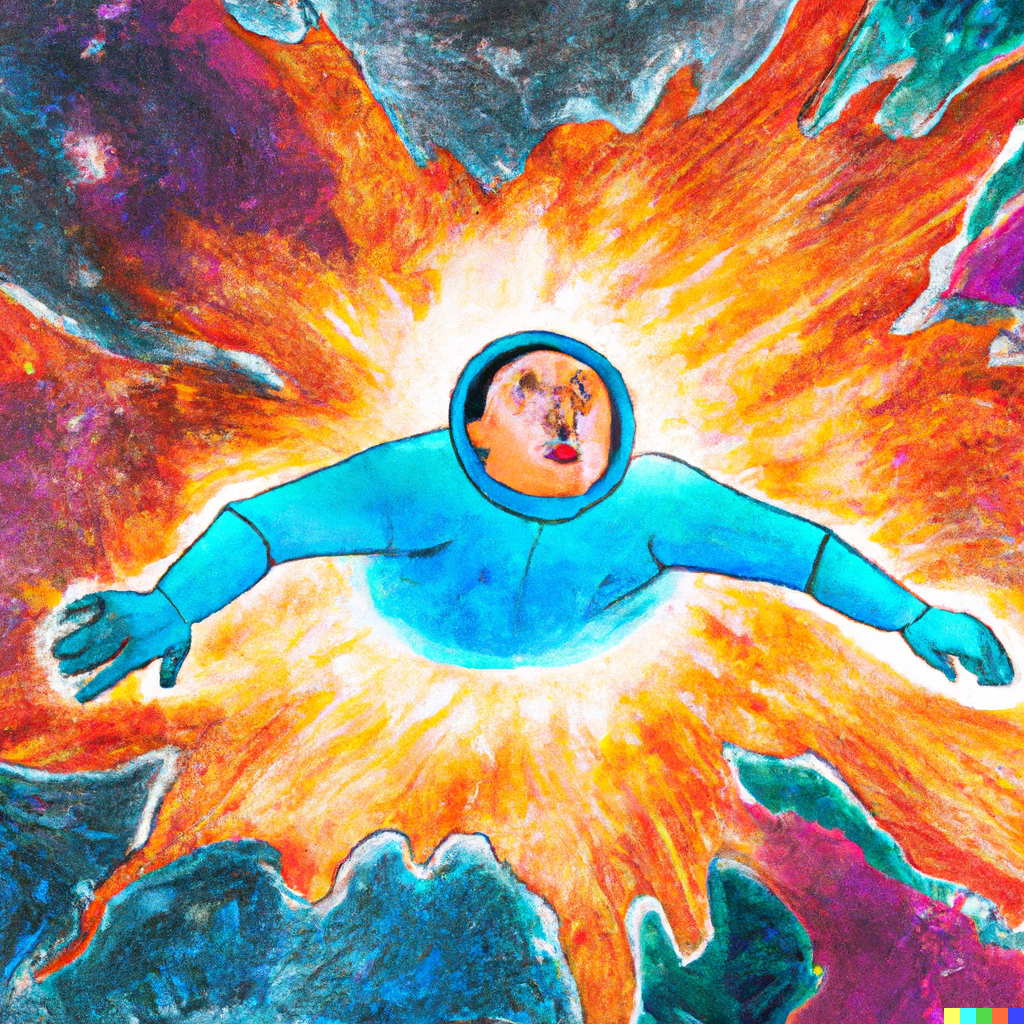
In turn, we use cookies to measure and obtain statistical data about the navigation of the users. You can configure and accept the use of the cookies, and modify your consent options, at any time.
Men – A Dying Breed

In humans, the sexual distinction between male and female lies in our DNA- specifically, the Y chromosome. Men have it, but women don’t – instead they have two X chromosomes, where men have only one. Barring mutation, the Y chromosome is passed unchanged from father to son, and hence, all descendants in direct male lines from the same man share the same chromosome. However, the Y chromosome is mutating, or rather deteriorating, and where it contained more than a thousand genes 150-200 million years ago, it now only contains 55, including the sex-determining gene SRY (Sex Region on the Y). If this pace of deterioration continues, the human Y chromosome will disappear in about 10 million years, and with it, the male of the species. Barring advanced genetic technology such as cloning, this will also mean the end of mankind, since we need two sexes to breed, as all mammals do. But hey, Homo Sapiens is only a few hundred thousand years old, so another ten million years isn’t too bad – chances are that we have exterminated ourselves, one way or another, long before that. However, it could happen far sooner if the deterioration of the Y chromosome speeds up as it shrinks, which can’t be ruled out. The genetic deterioration of the Y chromosome is happening in all mammals, so it would also mean the end of the mammalian order. Maybe dinosaurs, evolved from their avian ancestors, will rule the planet again once we are gone.

Broaden your horizons with a Futures Membership. Stay updated on key trends and developments through receiving quarterly issues of FARSIGHT, live Futures Seminars with futurists, training, and discounts on our courses.
BECOME A FUTURES MEMBERExcept that nature is infinitely adaptable, given enough time. In fact, in a few mammals, the Japanese spiny rat and the Eastern European mole vole, the Y chromosome and the SRY gene are already gone, but these species manage to breed anyway. In these species, genes in other chromosomes have taken over the sex-determining role lost to the Y chromosome. This may well happen in the human species as the human Y chromosome goes the way of the dodo. The question is if the males determined by new genes will be Men As We Know It, or something else entirely. Today, the Y chromosome produces a protein that activates genes in other chromosomes, which in turn determine the development of male sexual characteristics such as gonads – but future males could well produce proteins that only activate some of these genes, or a different selection. Maybe future males will be hermaphrodites, exhibiting both male and female sexual characteristics, or become something entirely new. While mankind might survive, man might not. Exactly what this future humanity will be like can only be guessed at.
It could become even weirder than that. It is possible that when the Y chromosome nears elimination, more than one replacement mechanism will evolve in different parts of the world – or on different planets, it we leave the womb of Mother Earth. This could result in different human species, with different males. It is possible that these species will share a single female version – it is even likely since the X chromosome shows no signs of deterioration. In essence, this would mean a future humanity with more than two sexes: one female and several males. If one or some of the ‘male’ versions are hermaphrodites, the situation could be even more complicated, with hermaphrodites being able to breed with females and males alike, becoming ‘fathers’ to some children and ‘mothers’ to others. So far, this is just a source for speculation, perhaps in science fiction stories, but at any rate, men as we know it could very well disappear before mankind does it – unless steps are taken to protect the species (or half-species, as the case may be).